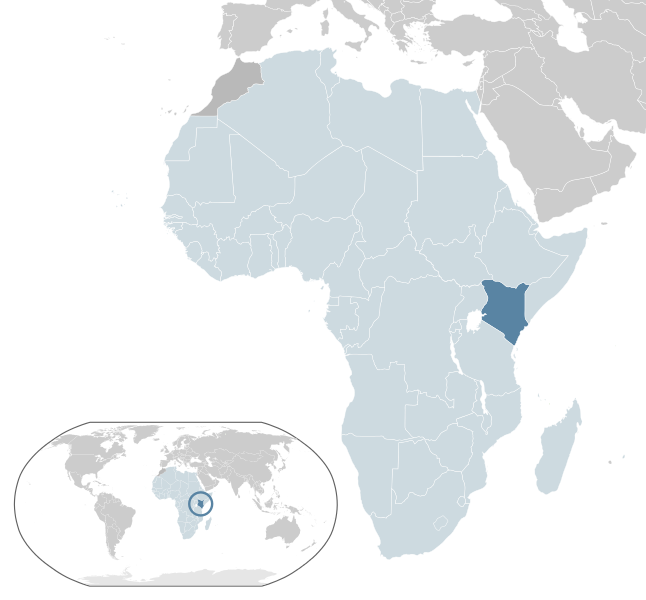Seven people from three families have been sickened with anthrax in the Sagumai area of Samburu County, Kenya after slaughtering and eating an infected sheep, according to a local media report. The seven, three men, two women and two children, have been admitted to the local hospital for treatment.

Image/Alvaro1984 18
Officials with Samburu County Referral Hospital said two patients are in severe condition, while the remaining have been stabilized.
Health officials advise the public about eating sick animals.
Anthrax is a bacterial pathogen in livestock and wild animals. Some of the more common herbivores are cattle, sheep,goats, horses, camels and deer. Anthrax is a very serious disease of livestock because it can potentially cause the rapid loss of a large number of animals in a very short time. Affected animals are often found dead with no illness detected.
It infects humans primarily through occupational or incidental exposure with infected animals of their skins.
When conditions become favorable, the spores germinate into colonies of bacteria. An example would be a grazing cow ingests spores that in the cow, germinate, grow spread and eventually kill the animal. Anthrax is caused by the bacterium, Bacillus anthracis. This spore forming bacteria can survive in the environment for years because of its ability to resist heat, cold, drying, etc. This is usually the infectious stage of anthrax.
LISTEN: Anthrax in animals: An interview with Dr. Buddy Faries
The bacteria will form spores in the carcass and then return to the soil to infect other animals. The vegetative form is rarely implicated in transmission. Strict enforcement of quarantines and proper burning and burying of carcasses from livestock suspected to have died from anthrax is important to prevent further soil contamination with the bacterial spores.
There are no reports of person-to-person transmission of anthrax. People get anthrax by handling contaminated animal or animal products, consuming undercooked meat of infected animals and more recently, intentional release of spores.
There are three types of human anthrax with differing degrees of seriousness: cutaneous, gastrointestinal and inhalation.
Related:
- Klebsiella outbreak kills 3 newborns at KwaZulu-Natal hospital
- Cholera outbreak: Cape Coast reports 400 cases in past month
- Rift Valley fever outbreak continues in Niger


One thought on “Anthrax tainted sheep linked to cluster in Kenya”